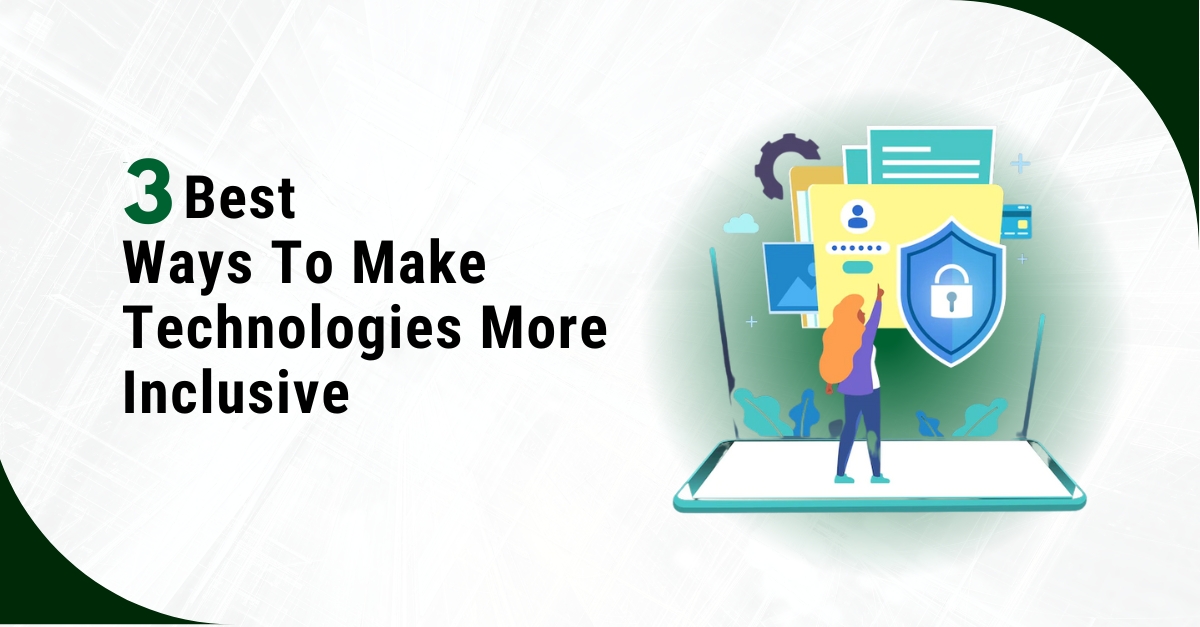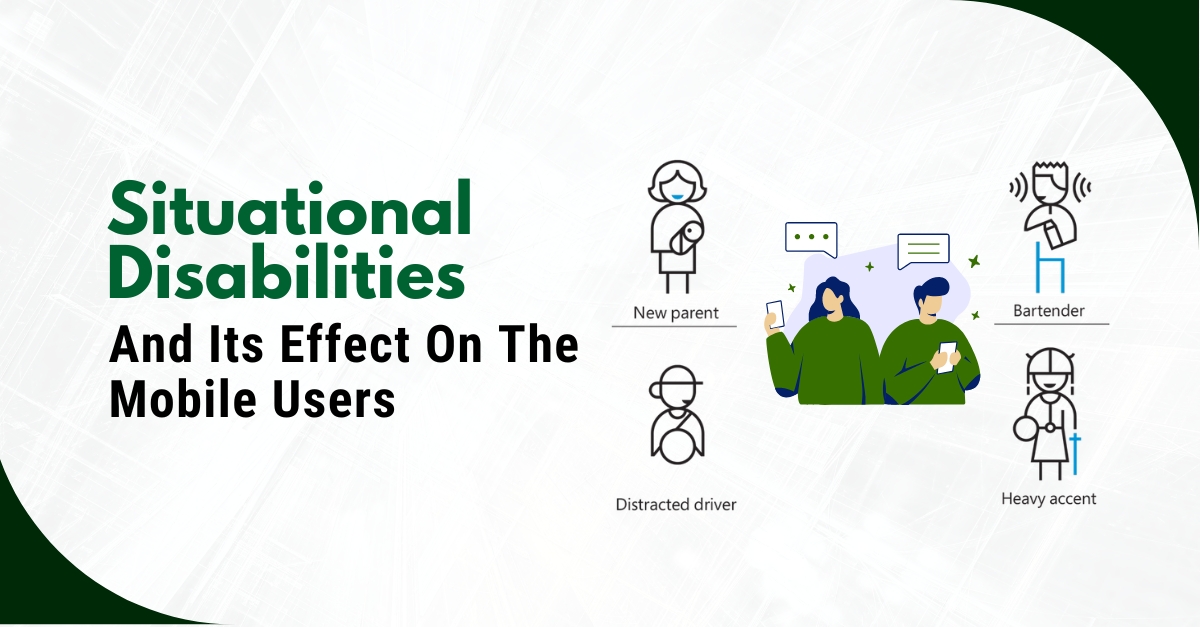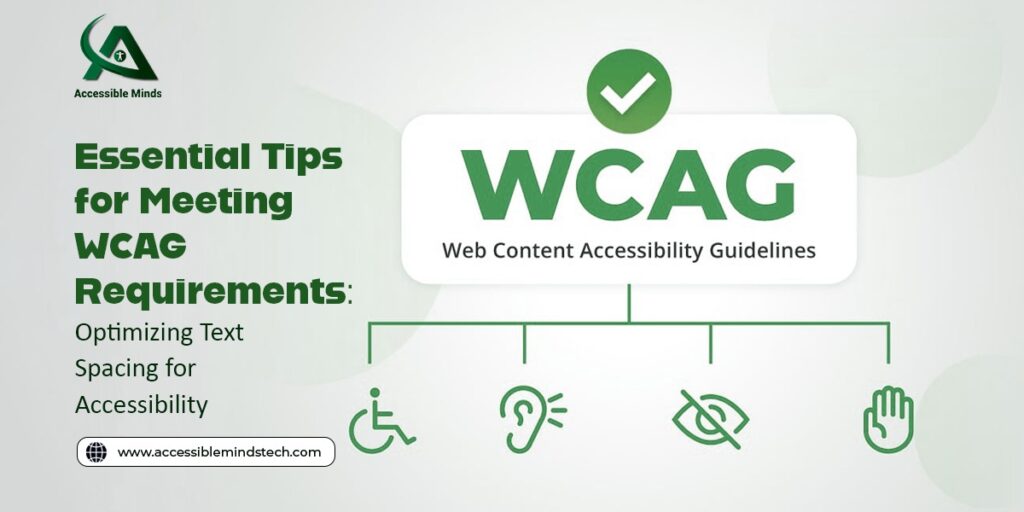Artificial Intelligence (AI) holds immense potential to transform lives; particularly for individuals with disabilities, as long as we navigate its progress responsibly. AI serves a vital role in empowering those with disabilities, enabling the hard of hearing to communicate effectively and providing visually impaired individuals with the ability to perceive and understand visual information.
One notable application of AI is its contribution to the image description domain, where it automatically generates alternative text for images. Giants like Apple, Microsoft, and Google have developed algorithms that offer increasingly accurate high-level descriptions of images. Microsoft’s groundbreaking Seeing AI app, launched in 2018, continues to make a profound impact on the lives of many individuals facing vision challenges. With ongoing support from Microsoft, this free tool constantly evolves, further enhancing its functionality and bringing positive change to countless lives.
Present Scenario:
After the introduction of ChatGPT; we are approaching a whole new world of Artificial Intelligence and digital accessibility. ChatGPT and other AI models enhance digital accessibility by providing natural language interfaces that benefit individuals with disabilities. They offer text-to-speech conversion, text summarization and alternative text descriptions for images; making information more accessible to those with visual impairments. Additionally, AI automates accessibility testing and provides tailored content recommendations, fostering inclusive and accessible digital experiences for people with disabilities.
How AI will Help in Digital Accessibility?
AI possesses the transformative power to revolutionize digital accessibility, automating the creation of personalized accessibility features. The following are key ways in which AI can promote accessibility:
- Automatic Captioning and Audio Description: AI-powered captioning and audio description technology are revolutionizing accessibility for individuals with hearing and visual impairments. Through advanced algorithms, AI can analyze audio and video content, automatically generating captions and descriptions without requiring human intervention. This breakthrough technology ensures that videos and podcasts are accessible to a wider audience, enhancing inclusivity and equal access to information and entertainment.
- Voice Recognition: AI-powered voice recognition technology is a game-changer for individuals with physical disabilities; providing them with seamless interaction with digital technologies. With voice recognition; people with motor impairments can effortlessly control their devices, navigate the internet and send messages using their voice. This innovative AI solution enhances accessibility, empowering individuals with physical disabilities to engage with technology and enjoy greater independence in their digital interactions.
- Natural Language Processing (NLP): Natural Language Processing (NLP), a significant branch of AI; revolutionizes the interaction between computers and humans through natural language. NLP holds great potential in creating accessible interfaces for individuals with cognitive impairments. With NLP; chatbots and virtual assistants can comprehend and provide user-friendly responses to questions. This technology ensures that individuals with cognitive challenges can easily understand and engage with digital platforms, fostering inclusivity and empowering a seamless user experience.
- Personalization: AI holds the key to personalizing digital technologies for individuals with disabilities; ensuring an inclusive and tailored user experience. With AI, websites can dynamically adapt their design and functionality to cater to users’ specific needs based on their disabilities. For instance; an AI-powered website can increase the font size, employ high-contrast colours or offer alternative navigation methods to support individuals with visual impairments. This level of personalization empowers users to access and engage with digital content more comfortably; promoting inclusivity and equal opportunities for all.
Challenges in AI-driven Digital Accessibility:
Data Bias: AI algorithms heavily rely on training data, and if the data is biased, the algorithms can perpetuate biases. For instance, an AI-powered captioning system trained on biased datasets may struggle to provide accurate captions for individuals with regional accents or dialects.
Lack of Awareness: Many developers lack awareness regarding the needs of people with disabilities and the significance of creating accessible digital technologies. This knowledge gap can result in the exclusion of individuals with disabilities from utilizing these technologies.
Cost: Implementing accessibility features can be financially demanding, posing a challenge for organizations that may not have sufficient resources to invest in comprehensive accessibility solutions.
On a Final Note:
AI holds immense promise in transforming digital accessibility and fostering inclusivity for individuals with disabilities. Yet; realizing this potential necessitates addressing the associated challenges and adopting ethical practices. Through the creation of accessible digital technologies; we can guarantee equitable access to information, education and employment opportunities for people with disabilities. Let’s synchronize the power of AI to break down barriers and build a more inclusive digital world for all.







